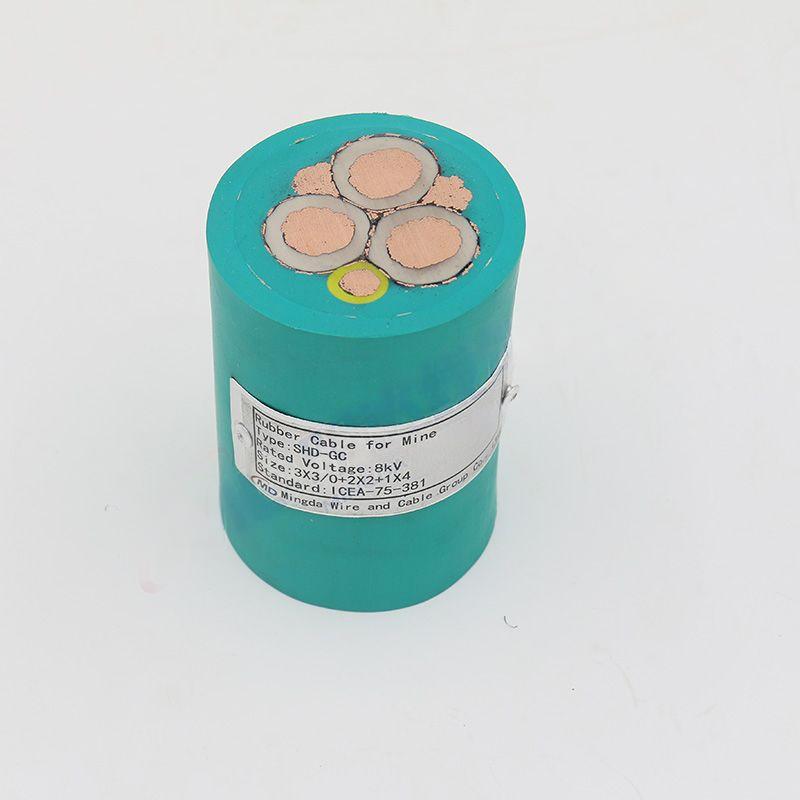Nov . 11, 2024 01:11 Back to list
Design and Application of Double Eccentric Flange Butterfly Valves in Various Industries
Understanding Double Eccentric Flange Butterfly Valves Design and Applications
Butterfly valves are among the most popular valve types used in various industrial applications due to their lightweight, compact design, and economical operation. Among the different types of butterfly valves, the double eccentric flange butterfly valve stands out for its innovative design and functional advantages. This article explores the features, working principles, advantages, and applications of double eccentric flange butterfly valves.
Design Features
The double eccentric flange butterfly valve, also known as the high-performance butterfly valve, combines a unique construction with advanced engineering to optimize its performance. The double eccentric design refers to the location of the valve shaft, which is positioned off-center from both the bore of the pipe and the valve sealing surface. This design creates a differential in the contact area between the disc and the seat, providing several functional benefits.
1. Disc Design The disc of a double eccentric butterfly valve has a streamlined shape which allows for smoother flow characteristics and reduced turbulence. This feature is particularly crucial in applications where minimizing pressure drop is essential.
2. Flange Connection The valve is equipped with flange connections that ensure a secure attachment to the piping system. The flange design allows for quick installation and easy maintenance, making it an attractive option for many industries.
3. Material Options Double eccentric flange butterfly valves can be made from a variety of materials, including stainless steel, ductile iron, and various alloys, to withstand the specific conditions of the application—such as temperature, pressure, and corrosive environments.
Working Principle
The operation of a double eccentric butterfly valve is straightforward. When the valve handle is turned, the disc rotates around its axis. Due to the double eccentric positioning, the initial movement of the disc causes it to lift off the seat before it begins to rotate fully. This action minimizes wear on the sealing surfaces, leading to a longer lifespan for the valve. When the valve is closed, the disc rests against the seat, forming a tight seal to prevent any leakage.
Advantages
1. Reduced Wear and Tear The double eccentric design reduces the friction between the disc and the seat, leading to less wear over time. This attribute enhances the valve's durability and reliability in demanding applications.
double eccentric flange butterfly valve

2. Tight Sealing Capability Due to its design, the double eccentric butterfly valve can achieve a tight seal, which is essential for preventing leakage, especially in critical applications such as chemical processing and water treatment.
3. Flow Control These valves provide excellent flow control capabilities, allowing for precise regulation of flow rates. This feature is beneficial in processes where exact flow management is required.
4. Space Efficiency The compact design of double eccentric butterfly valves means they require less space compared to other valve types, making them ideal for tight installation areas.
Applications
The versatile nature of double eccentric flange butterfly valves allows for their use in a wide range of applications across various industries
1. Water and Wastewater Treatment They are extensively used in controlling the flow of water in treatment plants, ensuring efficient operation while maintaining strict regulatory compliance.
2. Chemical Processing The ability to withstand corrosive environments makes these valves ideal for the chemical industry, where they are used to manage the flow of various chemicals.
3. HVAC Systems In heating, ventilation, and air conditioning (HVAC) systems, double eccentric butterfly valves are often employed to regulate airflow and maintain system efficiency.
4. Oil and Gas These valves are also used in the oil and gas industry for flow control in pipelines and refining processes, ensuring safety and efficiency.
Conclusion
The double eccentric flange butterfly valve is a remarkable innovation in valve technology, offering improved performance, durability, and efficiency over traditional valve designs. Its unique features and adaptability to various applications make it a preferred choice in many industrial sectors. As industries continue to evolve, the demand for reliable and effective flow control mechanisms, such as double eccentric butterfly valves, will remain strong. Understanding their design and functionality is crucial for engineers and operators who seek to optimize their systems for enhanced performance and longevity.
Share
-
Reliable Wafer Type Butterfly Valves for Every IndustryNewsJul.25,2025
-
Reliable Flow Control Begins with the Right Ball Check ValveNewsJul.25,2025
-
Precision Flow Control Starts with Quality ValvesNewsJul.25,2025
-
Industrial Flow Control ReliabilityNewsJul.25,2025
-
Engineered for Efficiency Gate Valves That Power Industrial PerformanceNewsJul.25,2025
-
Empowering Infrastructure Through Quality ManufacturingNewsJul.25,2025